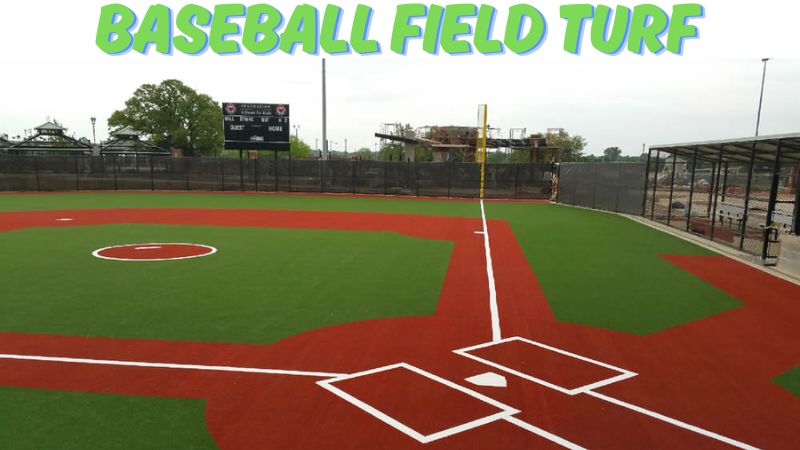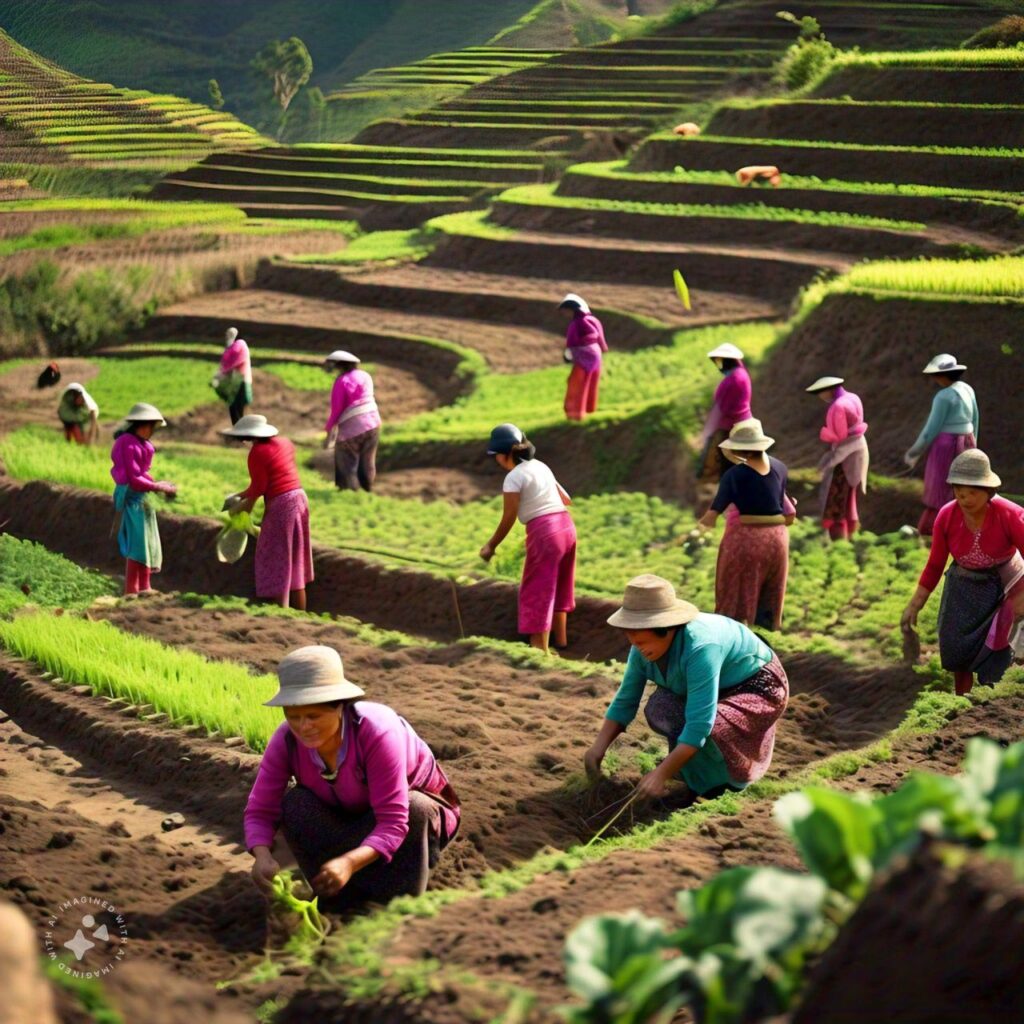Introduction
Amidst the cultural tapestry, baseball stands as the quintessential pursuit of American leisure, a discipline demanding meticulous finesse and profound proficiency. But, an indispensable facet instrumental in the triumph of this revered sport is none other than the baseball field itself, notably the terrain upon which the athletic odyssey unfolds. Within the confines of this discourse, we shall plunge into the intricacies of Baseball Field Turf, scrutinizing its sundry classifications, merits and demerits, and indispensable factors dictating the judicious selection thereof for your athletic domain.
Types of Baseball Field Turf
Baseball Field Turf essentially falls into two main classifications: natural grass and artificial turf. The artificial turf can be further segmented into conventional and contemporary synthetic alternatives, incorporating hybrid systems that amalgamate the most advantageous features of each.
Natural Grass
Historically, natural grass stands as the conventional preference for baseball fields. Despite imparting a genuine ambiance and visual allure, its upkeep can pose challenges, and resilience is contingent upon prevailing weather conditions.
Artificial Turf
Traditional Artificial Turf
Frequently denominated as AstroTurf, the conventional artificial turf garnered favor during the latter part of the 20th century. It offers consistent playing conditions but lacks the advancements seen in modern synthetic options.
Modern Synthetic Turf
Contemporary synthetic turf has undergone substantial development, replicating the appearance and tactile experience of natural grass. Enhanced shock absorption, advanced drainage systems, and heightened durability render it the favored selection for numerous present-day baseball fields.

Hybrid Systems
Hybrid systems integrate natural grass with synthetic components, striving to offer the optimal features of both realms. So, these systems offer improved resilience and reduce the maintenance challenges associated with pure natural grass fields.
Pros and Cons of Baseball Field Turf
Advantages
Durability
Baseball Field Turf, especially the modern synthetic variants, boasts remarkable durability. It withstands heavy use, ensuring a consistent playing surface throughout the season.
Low Maintenance
Compared to natural grass, baseball field turf requires minimal maintenance. So, this encompasses tasks like mowing, fertilization, and irrigation, rendering it a cost-efficient and time-conserving alternative.
Weather Resistance
Unlike natural grass, which is easy to become flat and unplayable during unfriendly weather conditions, baseball field turf provides consistent performance regardless of rain or shine.
Disadvantages
Initial Cost
Allocating resources to baseball field turf, especially the top-tier synthetic alternatives, may involve substantial initial expenses. Nevertheless, the enduring advantages frequently surpass the preliminary outlay.
Heat Retention
An adverse aspect of artificial turf lies in its proclivity to retain heat, particularly notable in warmer climates. But, this condition can render the playing surface uncomfortably hot for the players.
Environmental Concerns
The manufacturing and disposal of artificial turf raise environmental concerns. Addressing these issues involves exploring eco-friendly alternatives and recycling options.
Choosing the Right Baseball Field Turf
When deciding on the most suitable Baseball Field Turf, several factors come into play.
Budget
Take into account your budgetary limitations, evaluating the initial expenditure in contrast to the extended savings in maintenance costs.
Climate
Factor in the regional climate when selecting turf, ensuring it can endure the particular weather conditions of your locale.
Maintenance Capabilities
Evaluate the maintenance capabilities of your facility. Opt for turf that aligns with the available resources for upkeep.
Tips for Installation and Maintenance
- Guarantee correct installation by sticking to the guidelines provided by the manufacturer.
- Consistently examine and directly fix any issues to continue the lifespan of the turf.
- Implement a routine maintenance schedule, including grooming and infill replenishment.
Impact on Player Performance
The type of Baseball Field Turf can significantly influence player performance.
Influence on Gameplay
The traits of the surface, including rebound and grip, influence the trajectory of the ball and the agility of players. Take these factors into consideration when opting for turf for a baseball field.
Player Feedback and Preferences
Collect feedback from players to understand their preferences. Factors like comfort, injury prevention, and overall playing experience should guide your decision-making.
Advancements in Baseball Field Turf Technology
The realm of Baseball Field Turf is in a perpetual state of progression, steered by technological advancements.
Evolving Technologies in Turf Manufacturing
Advancements in turf manufacturing focus on increasing reliability, providing player safety, and promoting environmental sustainability. Stay informed about the latest technologies to make informed decisions.
Future Trends in Baseball Field Turf
See coming trends, surrounding the combination of smart technologies and environmentally friendly materials. But, staying ahead of the bend ensures that your baseball field maintains its original status.
Case Studies
Examining successful baseball field turf installations provides valuable insights.
Examples of Successful Installations
Highlight instances where the right choice of Baseball Field Turf positively impacted gameplay, player satisfaction, and overall field maintenance.
Lessons Learned from Past Experiences
Look over the challenges faced and lessons learned from previous planning. Also, offering guidance to aid others in making informed decisions.
Conclusion
Selecting the right Baseball Field Turf is a crucial decision that controls the quality of the game and the overall player experience. Consider factors such as reliability, maintenance, and player feedback for an informed decision. Stay abreast of emerging technologies and trends to uphold your baseball field as a superior playing surface.



